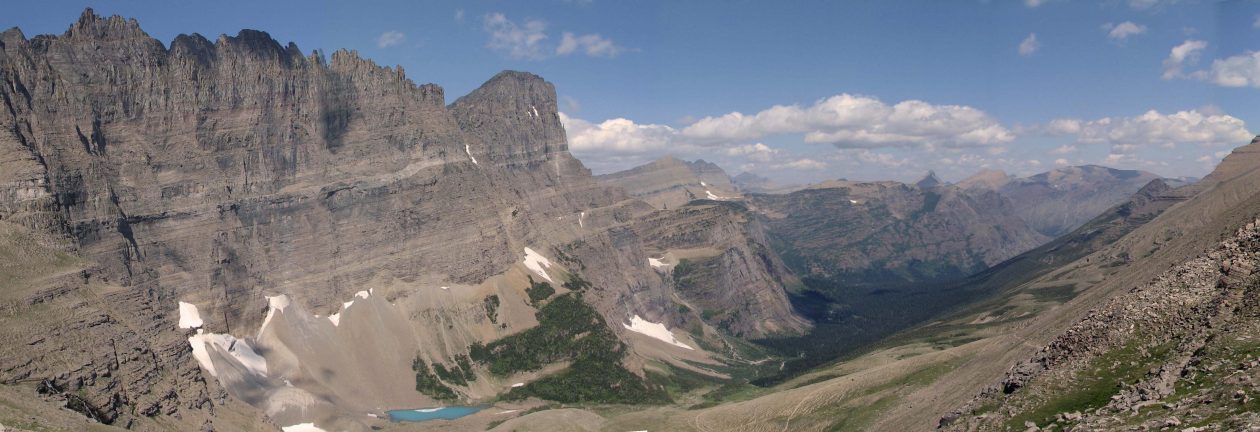Zagreb, Croatia
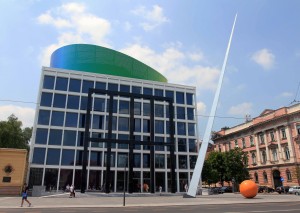
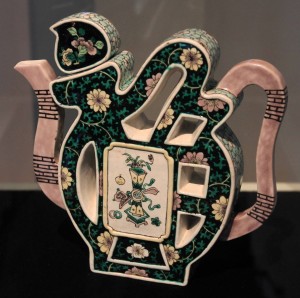
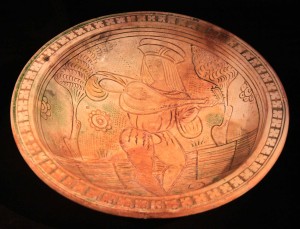
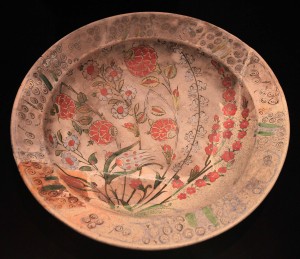

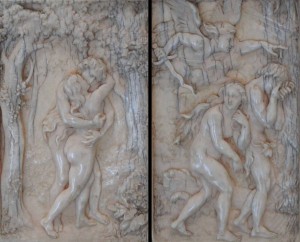
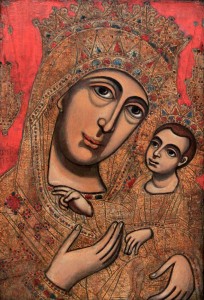
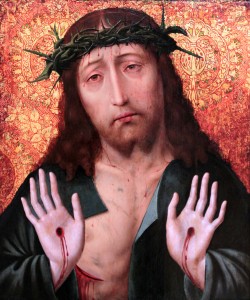
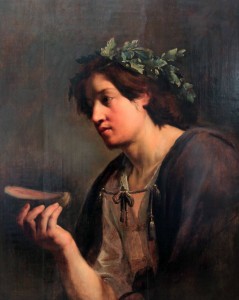
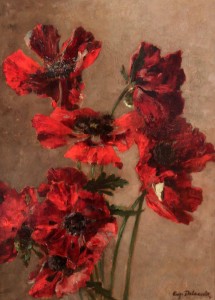
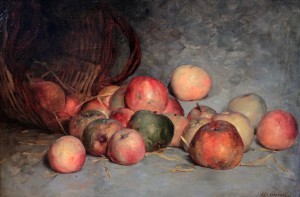
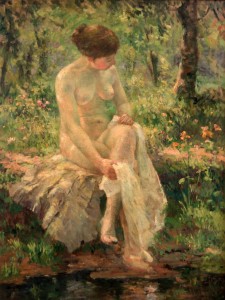
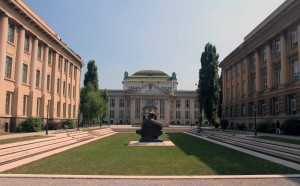
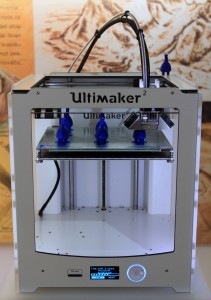
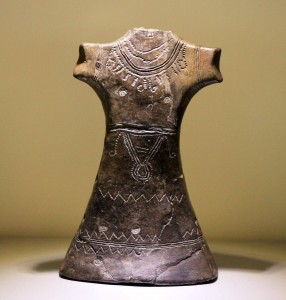
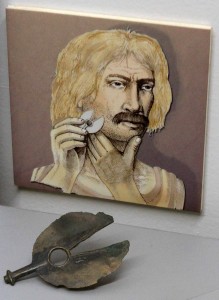
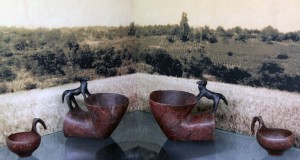
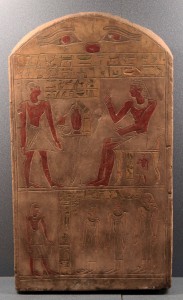
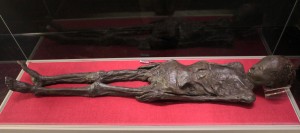

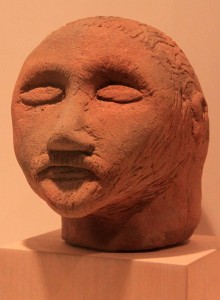
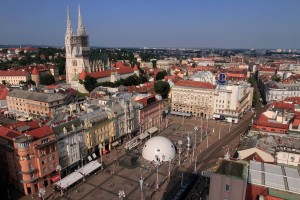
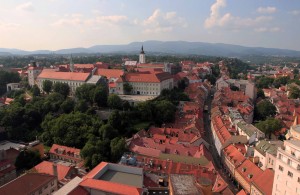
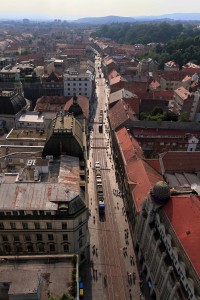
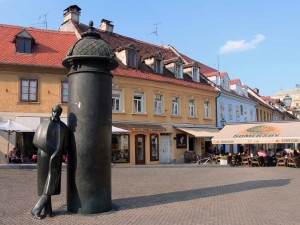
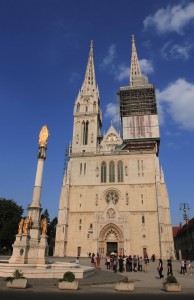
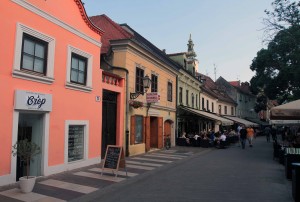
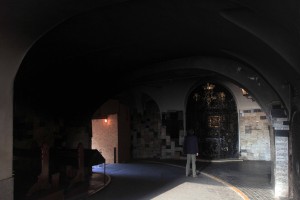
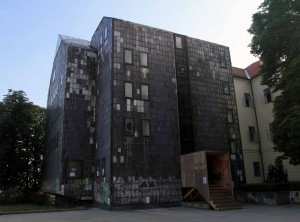
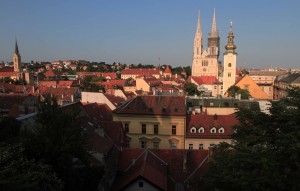
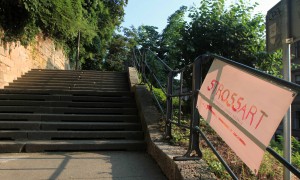
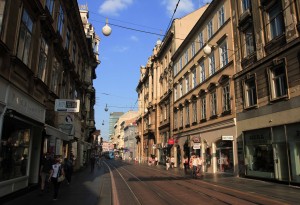
I slept in again today, that is, after waking up at 06:30 and witnessing the other four guests in the room get up, pack their bags, and leave; after they were all gone (shortly after 07:00), I slept on until after noon. I then got out of bed, shaved, showered, dressed, got ready, and walked outside and straight to the Mimara Museum (the official name is the “Art Collection of Ante and Wiltrud Topić Mimara”) on Roosevelt Square. The collection inside the museum had many Chinese artifacts, early glassware (e.g. Venetian), sculptures, religious icons, and paintings (with some by Velasquez, Delacroix, Manet, Degas, Renoir, Goya, Rubens, Van Dyck, Murillo, and Corot); the permanent collection was on the top three levels and there was a temporary exhibition in the basement showcasing artifacts found at a shipwreck site northwest of Dubrovnik, which contained pottery from Iznik, Turkey (then part of the Ottoman Empire) that was produced during the sixteenth-century AD. After walking around the museum and viewing everything inside, I walked outside and headed east toward the Archaeological Museum in Zagreb. Upon reaching the Archaeological Museum, I paid the entrance fee for the permanent exhibition and toured the top two floors of the building. The first artifact my eyes honed in on inside the museum happened to be the most recently produced: an Ultimaker 3D Printer that was in use, actively producing little blue doves; since I had never seen a 3D Printer in person before, this was the most exciting artifact on display within the museum (the rest of the artifacts, though interesting and many, were all similar to stuff I had seen before). Anyway, after watching the 3D Printer for a short time (it was pretty exciting), I walked through the rest of the exhibits, staring in the room dedicated to Paleolithic tools and continuing on through the Bronze Age, Ancient Greece, the Etruscan civilization, Ancient Egypt (there was a decently impressive collection of Ancient Egyptian artifacts in this museum), and the Roman Empire; I was then ready to continue on to the next stage in history (Medieval Times), but was disappointed to learn that that was it to the museum. I then walked out of the museum and walked west on Ilica Street to the Zagreb Eye Viewpoint (the tallest building near the city center, and therefore the most logical place to allow tourists up to the top floor – for a small fee – to see the city). So, I did the tourist thing and took the elevator to the top (sixteenth) floor and paid to view the city from that height; overall, with the impressive views I had, I would say it was worth the time and money. After taking many photographs, I returned to the ground level and walked back to the hostel to check to see if it was possible to visit the medieval fortress of Medvedgrad, just above the city on the southern side of Mount Medvednica – it was not, the fortress was scheduled to close at 19:00 and it was almost 18:00 when I checked. So, I decided to walk to the Zagreb Cathedral and tour its inside today, but upon reaching the cathedral and entering inside, I saw that mass was in session (just like yesterday); obviously I need to try to visit the cathedral before the daily evening mass, which apparently starts around 18:00. I then walked through Stone Gate (“Kamenita Vrata”) and up to Gornji Grad. From there, I walked to the southeastern corner of the hill (which had some nice views of the Cathedral and the city) and on to Strossmayer Šetalište (“Strossmayer Promenade”), which had some artists trying to sell their canvases and an open-air café. I walked through the promenade and down the hill on its western slopes. I then walked to the local supermarket and bought some iced tea (very refreshing), water, juice, beer, white chocolate, and Croatian white wine. Next, I walked to a local pizzeria and ordered a “Sardinia” pizza (mushrooms, artichokes, blue cheese, and olives) to go. Once I received my pizza, I walked back to the hostel and ate my pizza and drank my beer in the common room whilst watching a documentary on television about the Apollo 11 moon landing and the Apollo missions that led up to its success (it was short but great and I was glad to see some footage of those events that I had not viewed before). After eating, I then went up to the dorm room and went through the photographs I took today and I updated the website. Once done, I took my laptop, grabbed the white chocolate (with cacao bits), retrieved the Croatian white wine from the refrigerator (where I placed it earlier to cool down), and walked down to the common room, where I then got busy typing away on the laptop whilst drinking the wine, which was made from Pinot Sivi (“Pinot Gris” to most of the world) grapes and tasted of lime, melon, tropical fruits ( . . . a blanket term to cover my poor sense of taste . . .), and flowers (. . .). After finishing the bottle of wine and typing out journal entries, I went to sleep, after 02:00.
